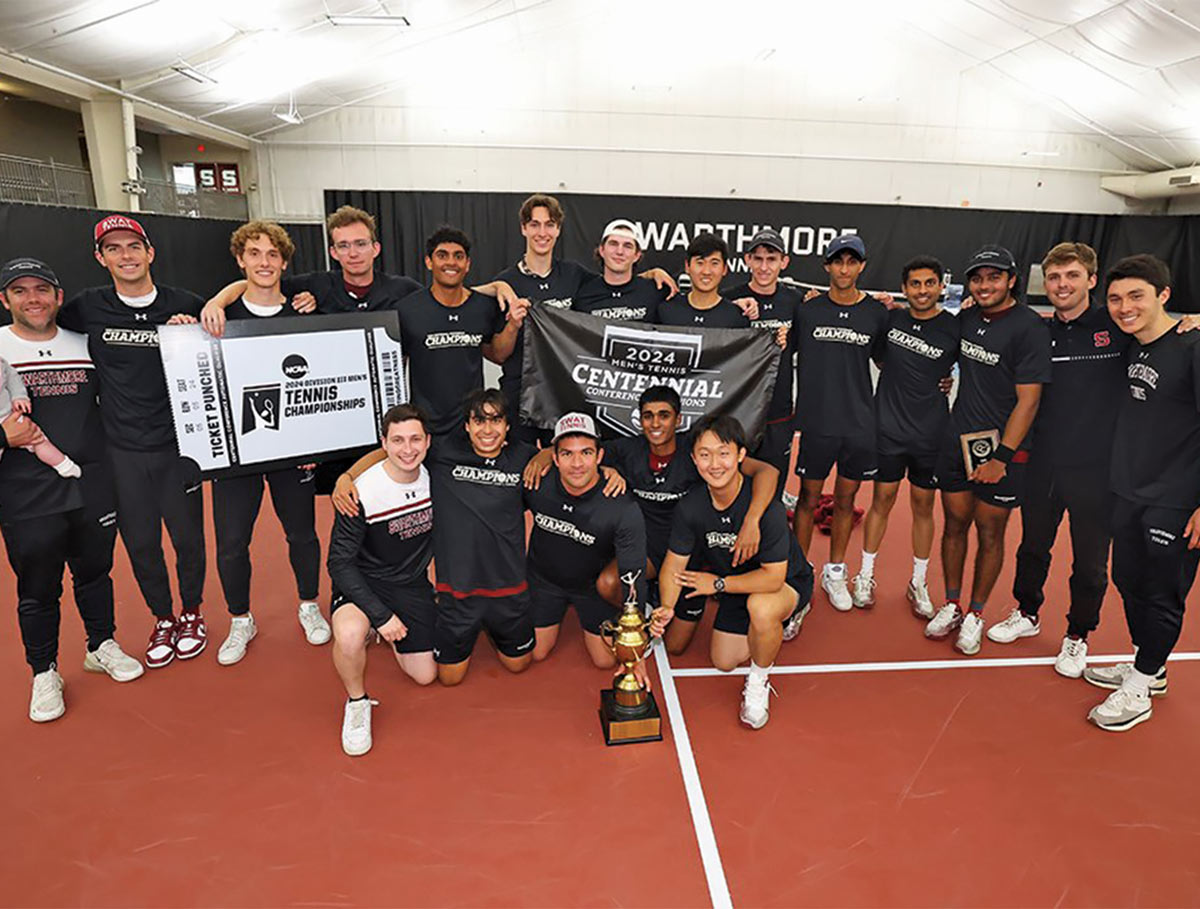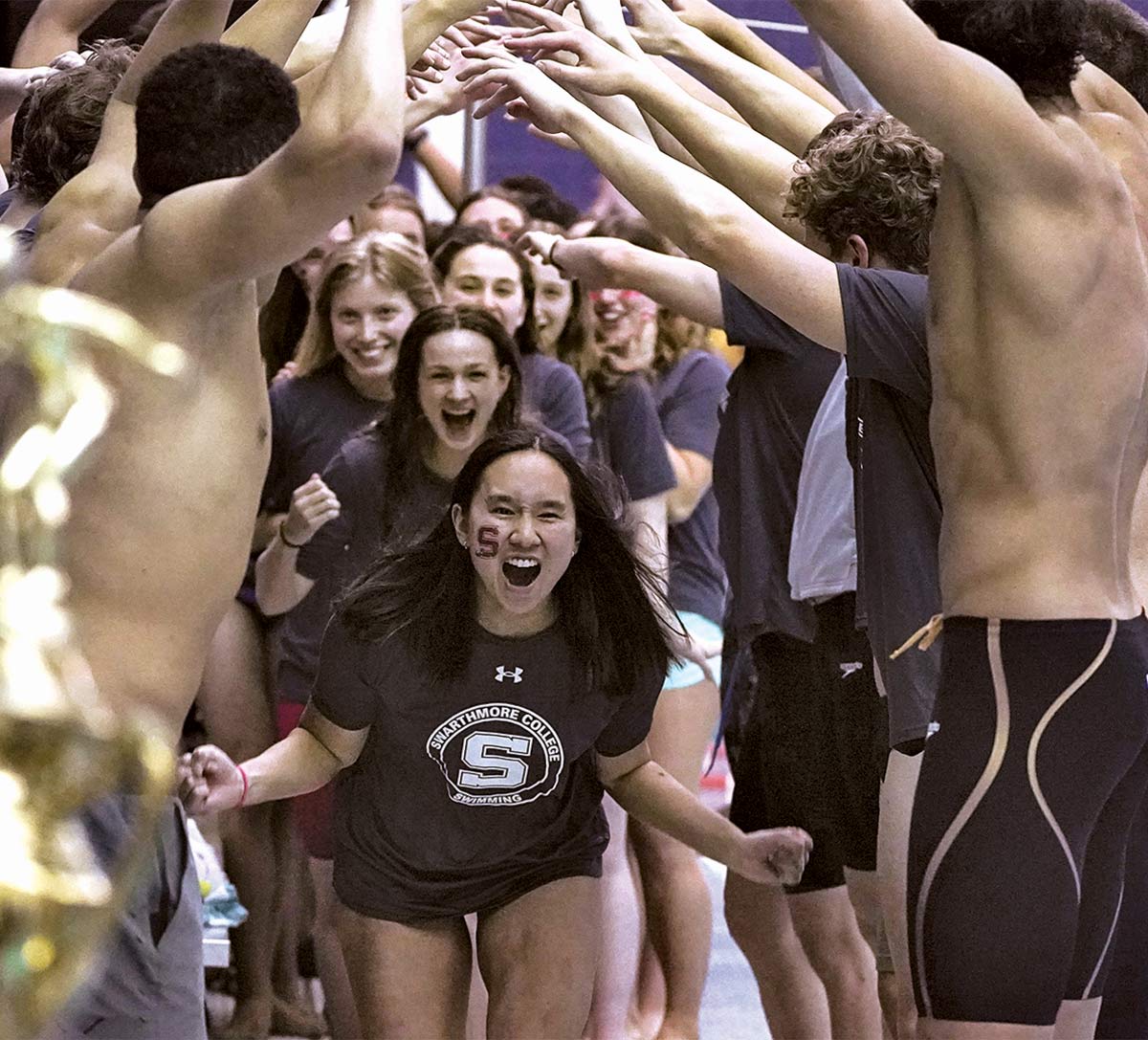common good
three decades of song
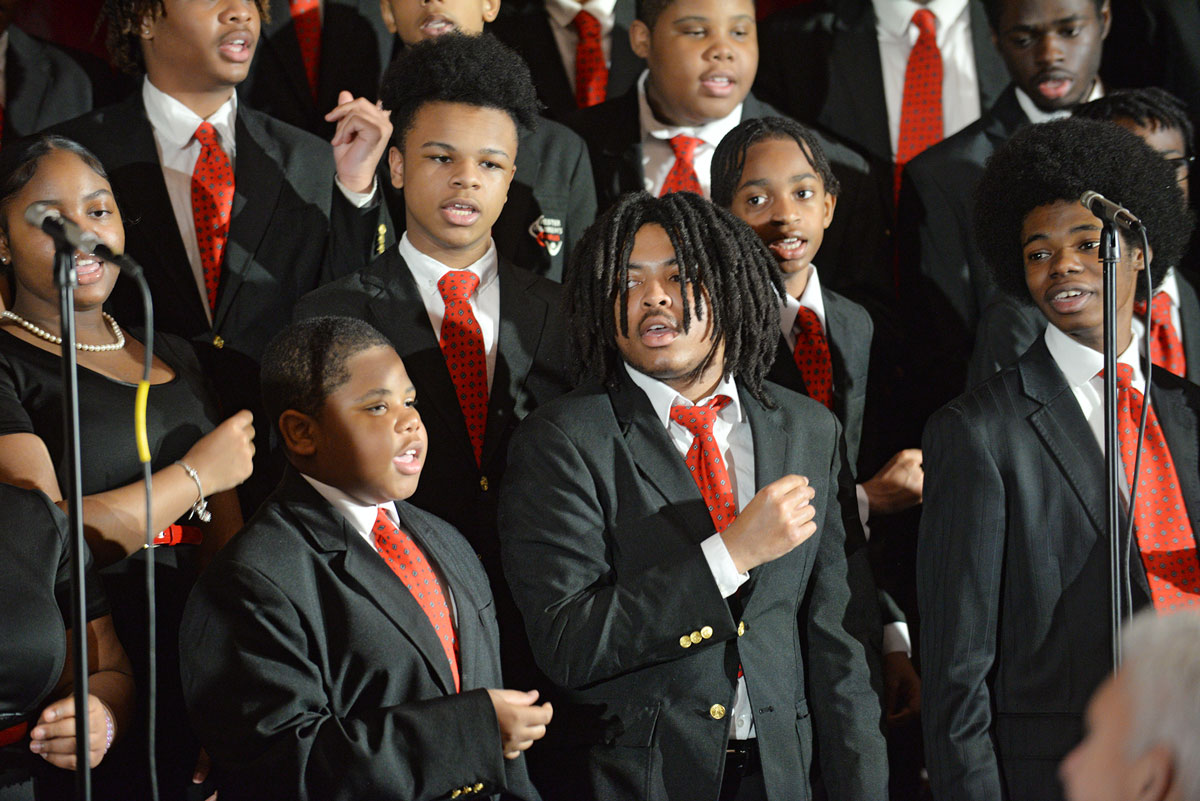
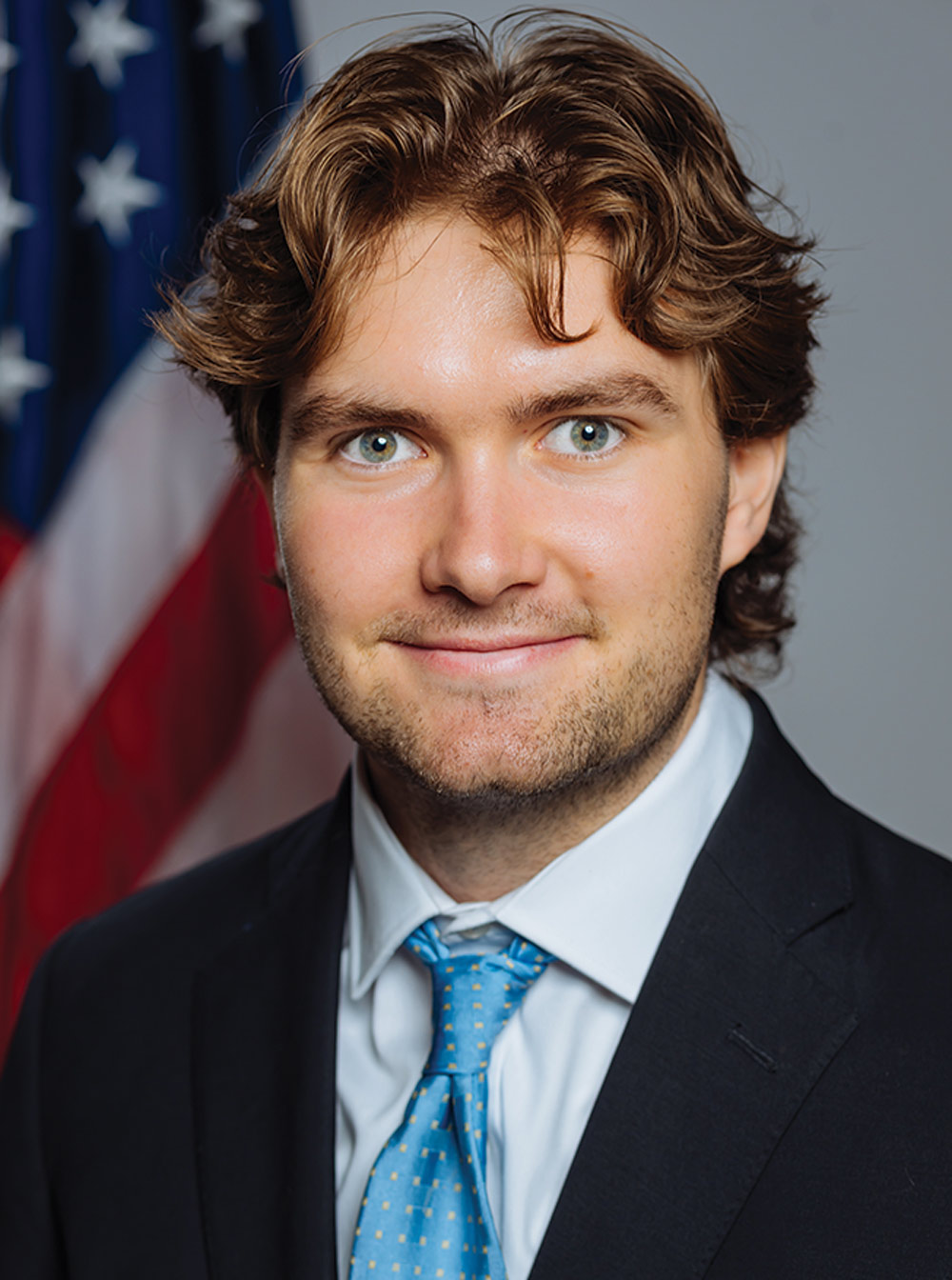
Improving Access
“Across the United States, health care costs remain a barrier to a high quality of life for many, and preventative health care is chronically underutilized as a mechanism to create a healthier society,” says Neureiter.
The program provides culturally competent primary care to more than 30 million people, regardless of their ability to pay. “My work at HRSA focuses on modernizing preventative care to be more effective to better serve all those who might visit a health center,” he says.
Programs like the U.S. Digital Corps allow federal employees to help government agencies adapt to rapidly changing technology landscapes while training the next generation of civic tech leaders.
—NIA KING
strategic Plan: swarthmore Forward

In an effort to connect students’ experiences within and beyond the classroom and to cultivate class unity, we will create a suite of required first-year, first-semester seminars to introduce students to the College and its resources; encourage career exploration throughout all four years of a student’s experience; and find new ways to nurture students’ physical, emotional, and social well-being.
To achieve this vision, Swarthmore Forward sets four ambitious priorities, interweaving all aspects of college life:
Goal 1: Enhance the Swarthmore liberal arts education for the 21st century.
Goal 2: Educate the whole student.
Goal 3: Create a community prepared for life in a multiracial, multicultural democracy and the world.
Goal 4: Renew our campus infrastructure to achieve our strategic goals.
Swarthmore Forward acknowledges that the physical space in which we learn and grow is critical to our ability to live fully into our values. It includes continued renewal and reimagining of our campus infrastructure to align with and support our strategic goals. Doing so involves creating spaces that foster health, wellness, and community engagement alongside investing in a sustainable and technologically advanced infrastructure.
These physical transformations will include completing our commitment to zero carbon emissions, significant investment in our athletics and wellness facilities, and other initiatives spawned by a master plan for the College. They are symbolic of our broader commitment to a future that is sustainable in every sense — environmentally, socially, and financially.
Swarthmore Forward offers a vision of a future where our community members thrive, where our values are lived, and where our impact is felt far beyond the boundaries of our campus. Let us embrace this moment with optimism, courage, and a shared sense of purpose.
Campus and Beyond

Faculty Fond Farewell
Hunter began teaching at Swarthmore in 1991. He has taught over 20 courses at the College, ranging from Calculus I to Advanced Topics in Geometry, including an Honors seminar in Linear Algebra.
Read More: bit.ly/FacultyRetire
Watson Wins!
Also embarking on a Watson Fellowship is Selma Shaban ’24. Her project, “Preserving Audiovisuals in Crisis,” entails contributing to preservation projects and immersing herself in unique audiovisual histories in Bulgaria, Chile, Ireland, and the Philippines. Hyacinthe and Shaban are two of just 35 fellows to receive Watson Fellowships this year.

Class of 2028, by the Numbers
Thirty-four percent of the admitted students are among the first generation in their family to attend college. A total of 33% are affiliated with local, national, and international community-based organizations such as A Better Chance, Bright Education Cambodia, College Horizons, College Match, and EducationUSA. Sixty-eight percent of the admitted students attend public or charter schools, 25% attend private independent schools, 7% attend parochial schools, and 1% are home-schooled.
Among all the students, 13% are enrolled in schools abroad, and 4% attend rural public high schools. Of the admitted students attending high schools reporting class rank, 93% are in the top decile. The admitted students represent six continents, 84 nations, and 50 U.S. states as well as the District of Columbia, Guam, the Northern Mariana Islands, Puerto Rico, and the Virgin Islands.



Common Ground
The renovated space completes the larger Dining and Community Commons project and affirms the College’s commitment to community and well-being while promoting reflection, rejuvenation, and relationship-building.
“It’s a space for us all, where we can gather, rest, play, study, and connect,” says Rachel Head, associate dean of students and director of student engagement.
Sharples Commons is the new location of the Office of Student Engagement, and will feature the new Essie’s Corner dining facility. One of the key building features is a central student lounge filled with comfortable couches and natural light, offering a flexible space where students can relax, meet up with friends, or catch up on some studying.
Sharples Commons also boasts a game alcove, piano lounge, and a variety of gathering spaces that can be reserved for large or small events.
The building is a boost for student activity groups, who will be given priority use of first-floor gathering spaces while having dedicated, secure storage space for supplies and materials.
“It feels like a great place to decompress. I love it — it’s so cozy, warm, and inviting, “ says Ava Golde ’26.
“This beautiful new space is a testament to our commitment to educating the whole student,” says Stephanie Ives, vice president for student affairs. “There are spaces to study, relax, play, socialize, and share a meal together. It really allows members of the community to engage with each other in ways that haven’t existed on this campus in decades. It speaks to our vision of integrating well-being into all aspects of the student experience.” (See video bit.ly/DiningatSwarthmore)
—RYAN DOUGHERTY
Raising Awareness of Resource Extraction on Navajo Land

With that in mind, she and Giovanna Di Chiro, professor of environmental studies and coordinator of the Environmental Justice & Community Resilience Program at the Lang Center for Civic & Social Responsibility, planned the symposium “Resisting Extraction and Building Resilience on the Navajo Nation: Stories from Diné Leaders, Artists, and Activists,” alongside Danika Grieser ’26, Adina Shane ’27, and Karla Estrada Garcia ’26. The symposium began with a screening of the film Powerlands (directed by one of the symposium speakers, Ivey Camille Manybeads Tso (Diné)) on April 25 in Chang Hou Hall. The events included speaker presentations, poetry readings, and a roundtable discussion.
—NIA KING
Power Purchase
“I am so pleased that the College has been able to bring this five-year effort to build large-scale renewable energy generation to an actual project with such a highly esteemed partner group who share Swarthmore College’s decarbonization goals,” says Associate Vice President for Sustainable Facilities Operations and Capital Planning Andy Feick.
The PPA is a critical piece of To Zero By Thirty-Five (20X35), the College’s transformative plan to achieve carbon neutrality by 2035. Through this agreement, Swarthmore will eliminate 100% of its current annual greenhouse gas emissions associated with purchased electricity, which accounts for approximately one-third of its total emissions inventory. This is an important step towards decarbonizing Swarthmore’s campus energy systems as it transitions to geoexchange for heating and cooling. By coupling geoexchange with renewable energy, 20X35 will eventually eliminate up to 98% of campus greenhouse gas emissions related to energy and purchased electricity.
Students Protest on Campus

n late april, a group of students led by Swarthmore’s chapter of Students for Justice in Palestine and the Swarthmore Palestine Coalition erected tents on Parrish Beach by Clothier Hall in protest over issues related to the war in the Middle East.
The encampment, which ended peacefully on May 24, was the first in the Philadelphia region and the last to conclude.
Similar protests took place at nearly 100 other colleges and universities across the country this spring, including Columbia University, New York University, Massachusetts Institute of Technology, Pomona College, the University of Pennsylvania, and Yale University.
At many of the institutions, including Swarthmore, the encampments were the latest in a number of acts of activism since the war began.
Throughout the conflict, College administrators have stressed Swarthmore’s deep commitment to freedom of expression, including the freedom to protest and dissent peacefully, while also being mindful of how their actions might affect other members of the community.
“This is a challenging moment, but Swarthmore is at its best when we engage with the richly diverse views and lived experiences across campus while exercising mutual respect, empathy, and compassion for one another,” Acting Co-Presidents Rob Goldberg and Tomoko Sakomura wrote in one of several messages to the campus community. (President Valerie Smith began a sabbatical in February and will return in August.) “Let us all embrace these values as we move through this difficult time together.”
— RYAN DOUGHERTY
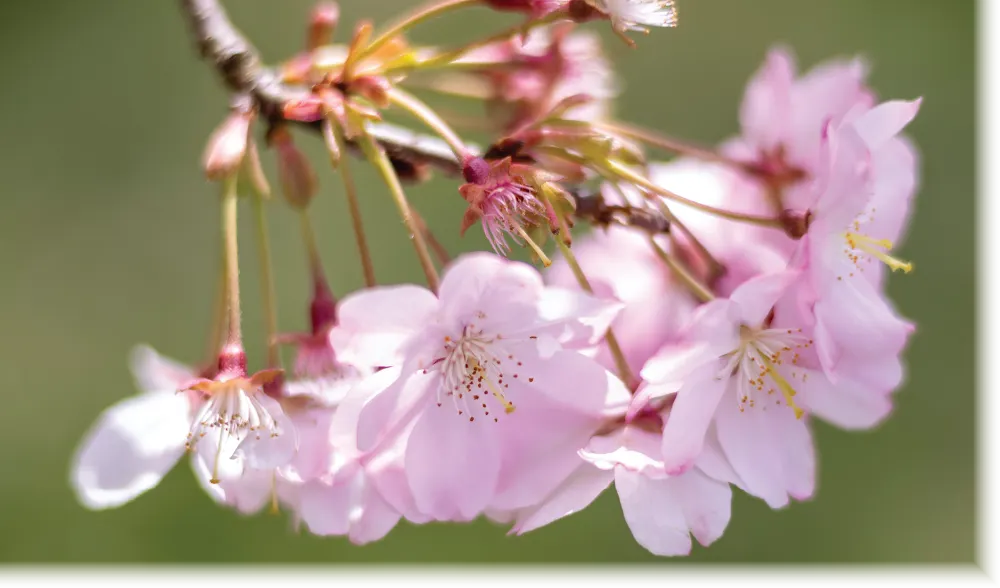
Lives Well Lived

Edwin M. Bush Jr. ’49
Ed graduated from Swarthmore in 1949 with a B.A. in economics. He then joined the management consulting firm Towers, Perrins, Forster & Crosby, where he rose through the ranks and ultimately served as a vice president and manager of the company’s Chicago office.
Ed served as an Alumni Manager of the Board from 1967 to 1978. He also served on Alumni Council, as president of the Alumni Club of Chicago, and as chairman of the Midwest Scholarship Committee.
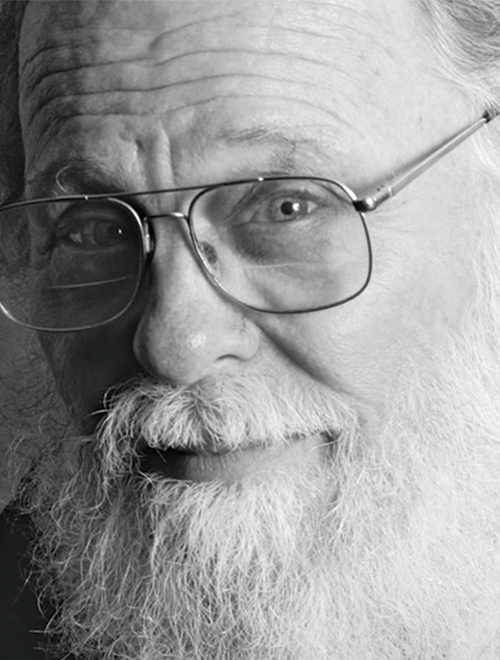
Peter Schickele ’57, H’80
Peter was the first person to earn a B.A. in music from Swarthmore, and also earned a master’s from the Juilliard School. Peter debuted P.D.Q. Bach, a fictional composer allegedly related to the Bach family, in 1965. He composed more than 100 symphonic, choral, solo instrumental, and chamber works; wrote film scores and Broadway musical numbers; and hosted the educational radio program “Schickele Mix” on NPR.
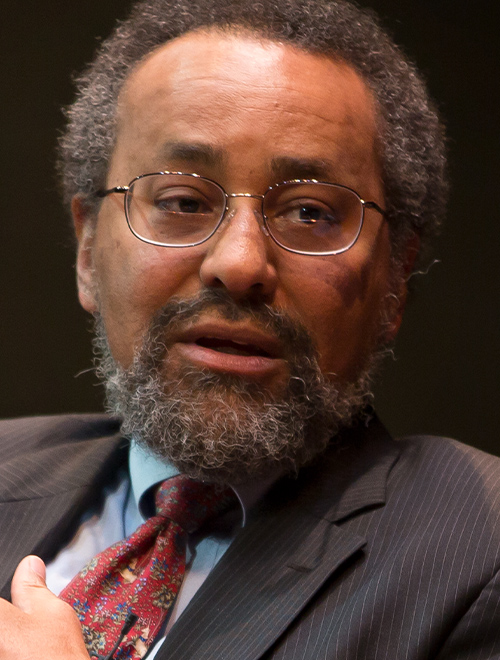
Christopher F. Edley Jr. ’73, H’99
Chris graduated from Swarthmore, the Harvard School of Public Policy, and Harvard Law School. He taught at Harvard Law School for 23 years, cofounding the Harvard Civil Rights Project, before serving Berkeley Law as dean from 2004 until 2013. Chris served in White House policy and budget positions under Presidents Jimmy Carter and Bill Clinton and played key roles in the Clinton and Obama presidential transitions. From 2011-2013, he co-chaired the National Commission on Education Equity and Excellence. He served on Swarthmore’s Board of Managers from 1982 through 1993. He and his father, Christopher Edley Sr. H’76, are the only father-son pair to both receive honorary degrees from the College. (Listen to the 2023 Alumni Weekend Collection address by Chris Edley Jr. at bit.ly/ChrisEdleyJr.)

Louisa B. Carman ’21
Louisa graduated with High Honors from Swarthmore in 2021 with a B.A. in political science and a minor in dance. She was inducted into the Phi Beta Kappa honors society and received the Holly Jo Stein Award for achievement in the Dance Program.
Upon graduation, Louisa joined New Jersey Governor Phil Murphy’s office, starting as an intern and soon becoming a full-time policy analyst. Murphy said Louisa was “a driving force behind [N.J.’s] prescription drug affordability and medical debt relief work.”

Charlotte Ann Blandford
Originally from New Orleans, Charlotte joined the College in 1989 and served as an administrative assistant for Friends Historical Library for 25 years, retiring in 2014. Colleagues remember Charlotte fondly for her friendliness and attentiveness to everyone she met. Deeply devoted to her family, she always recalleded the names of students and library visitors and had the wonderful ability to make anyone laugh.

Carol Brévart-Demm P’12
Born in England, Carol studied German and French at University College London, where she graduated with high honors in 1972, and earned an M.A. in English literature from Ludwig Maximilian University of Munich in 1976. Carol became The Bulletin’s associate editor in 1994, winning six writing awards and contributing to the magazine’s winning many more. Prior to her retirement, Carol served as the magazine’s acting editor, and her last alumni profile appeared in its pages in 2018. “Working for the Swarthmore magazine was a dream job for me,” she said.
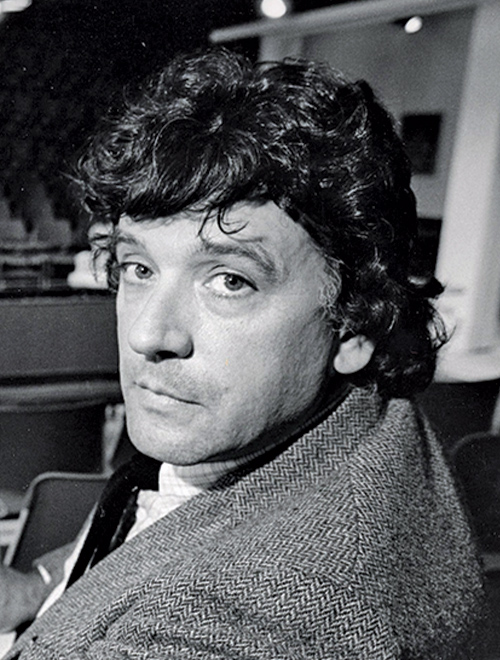
Lee Devin
Lee earned a B.A. in theater from San Jose State College and a Ph.D. in theater from Indiana University. He joined Swarthmore’s English Literature Department in 1970 and led the effort to introduce theater to the curriculum. Lee was also an award-winning playwright, actor, librettist, and dramaturg.
Lee’s 2002 retirement coincided with the approval of Theater as an independent department. (For more information, see bit.ly/leedevin.)

Charles E. “Chuck” Gilbert
A military veteran, Chuck earned a B.A. in political science from Haverford College in 1950 and a Ph.D. from Northwestern University in 1955. At Swarthmore, his courses included Politics and Legislation, and his writings include seminal works on governmental change and responsibility.
As the College’s first provost, Chuck implemented numerous curricular and governance changes during a contentious time on campus. When he retired in 1989, colleagues and friends established an annual talk in his name on American politics. (For more information, see bit.ly/charlesgilbert.)
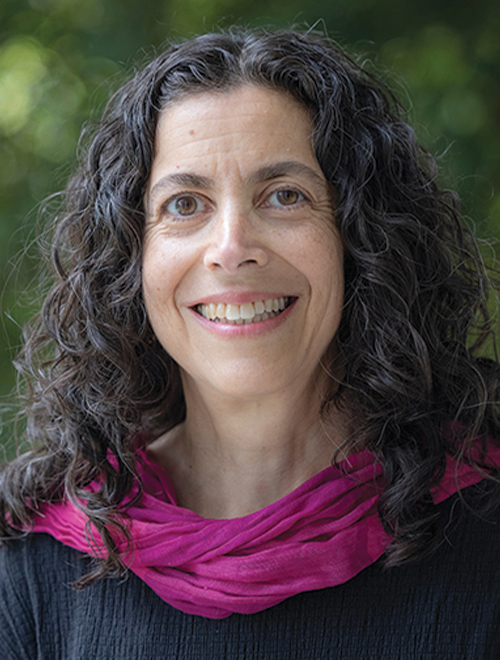
Elizabeth A. Vallen
Born and raised in Northeast Philadelphia, Liz earned a B.A. magna cum laude in biochemistry from Case Western Reserve University and a Ph.D. in molecular biology from Princeton University. She served on the faculty for 29 years and is remembered as an innovative and effective teacher, accomplished and admired researcher, and kind and generous mentor to colleagues and students alike. Liz’s legacy also extends to the curiosity and passion for science that she instilled in students of all ages, most demonstrably through the Chester Children’s Chorus’ Science for Kids Program, which she established and led for many years. (For more information, see bit.ly/LizVallen.)
Making History, Garnet Go Gold
In the pool, the swimming programs cruised to a three-peat, as the men’s team won the championship meet by 238 points while the women’s squad finished 122.5 points ahead of second place.
The Garnet men collected 25 medals on the weekend (12 gold, 12 silver, one bronze), and Andrew Karpenko ’25 was named Most Outstanding Performer of the championships for the third year in a row — only the second male swimmer in CC history to achieve that feat.
Garnet women earned 27 medals (13 gold, seven silver, seven bronze), and Quinn Weygandt ’26 received Most Outstanding Performer honors after a dominant weekend that included five golds, three championship and conference records, five pool records, and four program records.
The men’s basketball team bested Johns Hopkins Feb. 25 in the conference championship by a 67- 62 score, and Michael Caprise ’24, who was named tournament MVP, led the way with 20 points and 10 rebounds. The win earned the program their seventh consecutive berth in the NCAA Division III Tournament and marked the first time in program history that Swarthmore has won back-to-back conference championships.
The men’s tennis team captured its second consecutive CC title May 5 with a 5-3 victory over Johns Hopkins, and Lalith Suresh ’26 was named Tournament MVP after finishing 2-0 in the playoffs without dropping a set. Along with the conference champions, the men’s lacrosse team, which won the Centennial Conference regular season championship for the first time in program history, was selected to the NCAA Tournament AND won its opening round game, also a program first.
Additionally, the doubles teams of Erica Stutz ’24 and Nathalie Williams ’25 and Michael Melnikov ’26 and Utham Koduri ’26 were selected to compete in the NCAA Division III Tennis Individual Championships.
— ROY GRIEM ’14
